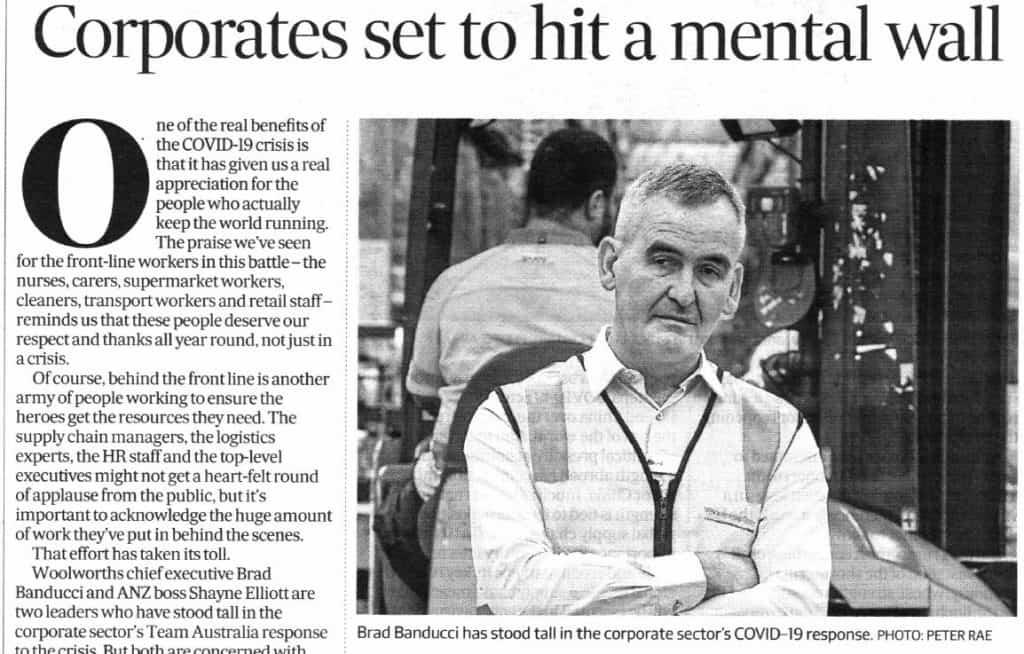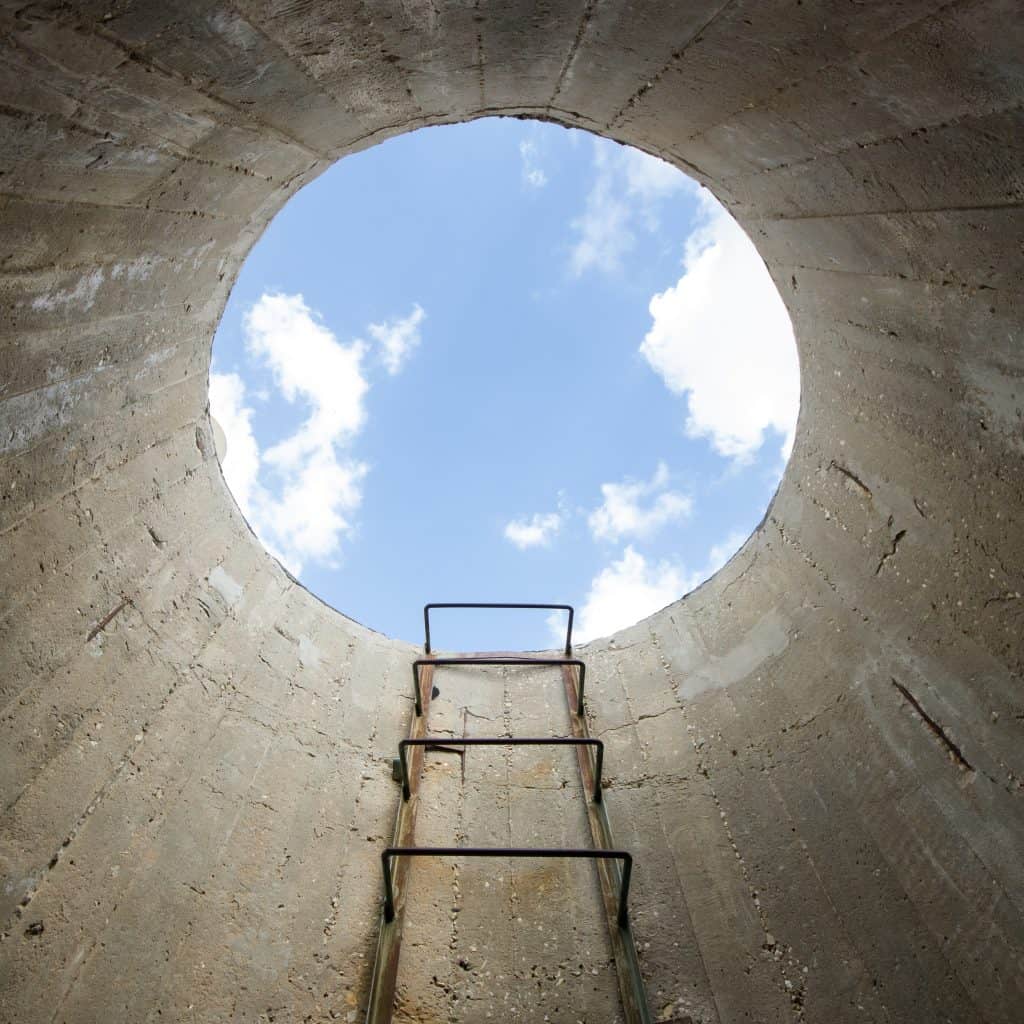The COVID19 pandemic has devastated many countries but it has also created business opportunities. Recently workplace IT company Skedulo released a whitepaper about the new work normal. The document is essentially a marketing strategy but there are some hints about workplace change that may be of interest to occupational health and safety (OHS) advocates and professionals.
Category: hours of work
“Soldier On” should be “F### Off”

Many workers continue to work when sick. This is called presenteeism and in a time of infection pandemic, is a major problem. Many countries have addressed the COVID19 risks of presenteeism by requiring people to work from home if they can. In Australia, the message is not totally working with people ignoring the rules for various reasons.
However, presenteeism also has a deeper cultural and institutional origin that has been exploited by some and downplayed or ignored by others.
Continue reading ““Soldier On” should be “F### Off””If staff are “going to hit the wall”, redesign the wall

On May 11 2020, the Australian Financial Review’s back page ran an article (paywalled)about how “corporates” are becoming aware of mental health risks due to the COVID19 disruption. It is a good article but also one that reveals the dominant misunderstanding about mental health at work and how to prevent it.
What is needed to get us out of this crisis

As parts of the world begin to emerge from the disruption and lockdowns of COVID19 some academics and experts are advising that the future must be built on the past but should not seek to replicate it. Over a dozen prominent, global academics (listed below) have written a discussion paper to be published in the Economic & Labour Relations Review (ELRR) in June 2020 entitled “The COVID-19 pandemic: lessons on building more equal and sustainable societies” which includes discussion on workplace relations and factors affecting mental health at work. These big picture discussions are essential in the development of strategies and policies for the post-COVD19 world and occupational health and safety (OHS) has a legitimate, and some would say unique, voice.
The health and safety of working from home

The second of a series of articles based on support from academics at the Australian Catholic University (ACU) focuses on the occupational health and safety (OHS) issues related to Working From Home (WFH), a situation that many Australians face at the moment.
SafetyAtWorkBlog put some questions on WFH to ACU and Dr Trajce Cvetkovski, senior lecturer in the Peter Faber Business School and below are his thoughts.
Beware a resurgence in Danger Money

“Danger Money” is an occupational health and safety (OHS) and Industrial Relations (IR) concept that must always be watched out for as it can perpetuate a hazard or risk in apparent contravention of the OHS legislative obligations that each employer and worker carries. The concept is at risk of reappearing as the role, income and wages of essential workers are reassessed in this time of COVID19 pandemic and economic reinstatement.
Business COVID19 survey could have been clearer and more useful
On April 14, 2020, the Australian Industry Group revealed, in a media release, some details of how its members were responding to the COVID19 pandemic. The survey was described as economic research and, as occupational health and safety (OHS) is mentioned, SafetyAtWorkBlog asked from more details on the OHS-related findings.

The survey found:
“There has been a steep rise in workload as a result of new OH&S policies and procedures around hygiene (34%) and working from home (25%).”
“Employees are also anxious, with 31% of businesses saying there is increased anxiety levels within their workforce.”

